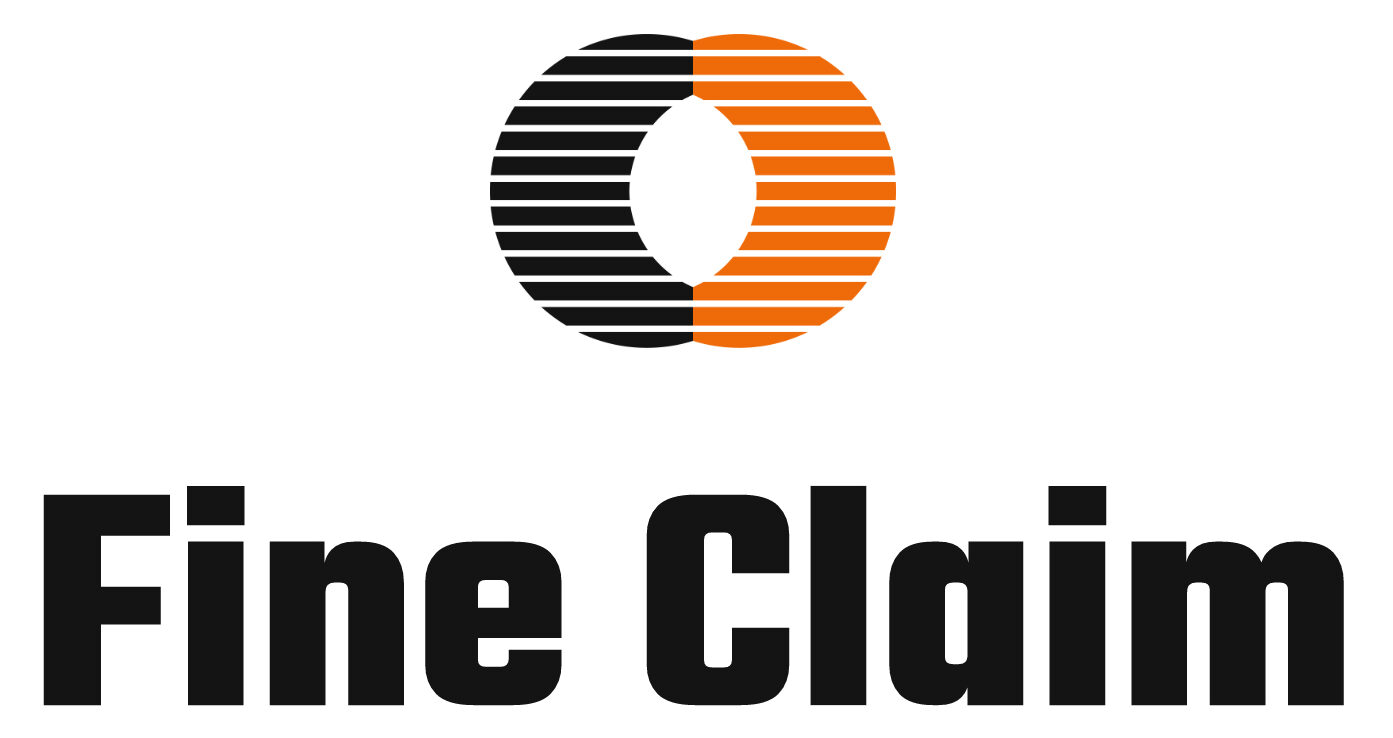Have Questions about the revenue cycle? We’ve got answers. Here are some answers to questions we frequently hear about revenue cycle best practices.
Revenue Cycle Management is essential for the financial health and sustainability of healthcare organizations, ensuring they can continue to provide high-quality care to patients while remaining financially viable in a competitive healthcare landscape. Revenue Cycle Management (RCM) is crucial for Financial Stability, Optimized Revenue Streams, Compliance and Regulations, Enhanced Cash Flow, Improved Patient Experience, Data Analytics and Insights, Resource Optimization & Mitigation of Revenue Leakage.
There are several signs that may indicate potential problems in your revenue cycle which involves high number of claim denials, increased days in AR, lower collection rates, piling up of unbilled services, patient complaints and confusion, underperformance in lower KPI’s, regulatory compliance issues and inefficiencies in workflow and process.
Yes, outsourcing the revenue cycle management (RCM) process can often help healthcare organizations manage their RCM more effectively. On the RCM part, we can use the Expertise and Specialization to manage revenue cycle. Outsourcing is Cost effective, focuses on core competencies, scalable and flexible. Overall, outsourcing revenue cycle management can be a strategic decision for healthcare organizations looking to improve efficiency, reduce costs, and enhance revenue cycle performance. However, it’s essential to carefully evaluate potential outsourcing partners and ensure that they have a track record of success, compliance with regulations, and alignment with your organization’s goals and values.
There is vast range of practices that we do follow here at Fine Claim LLC. We analyse the volume of the account receivable and accordingly we staff to meet the productivity levels, lower Denials, maximize collections, decrease AR days, and ensure regulatory compliance.
Fine claim LLC offers complete Revenue Cycle Management solutions that includes all the major part of the cycle. The patient registration, eligibility & benefit verification, demographics & charge capture, coding, claim submission, claim adjudication, payment posting, accounts receivable follow-up, patient collections, and reporting.

